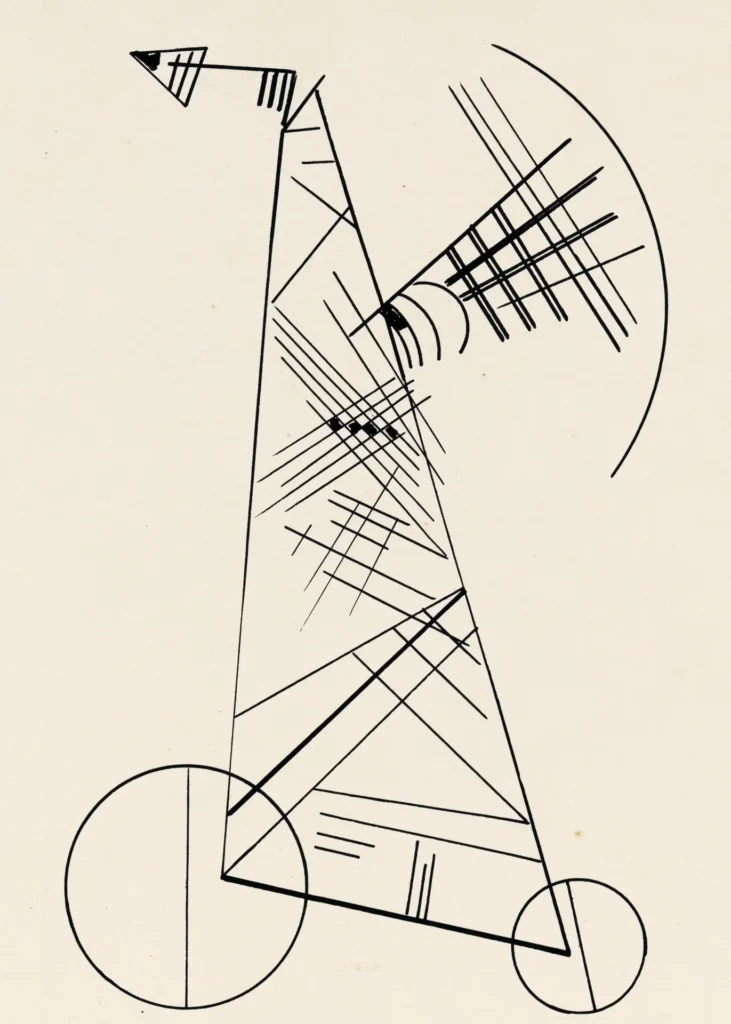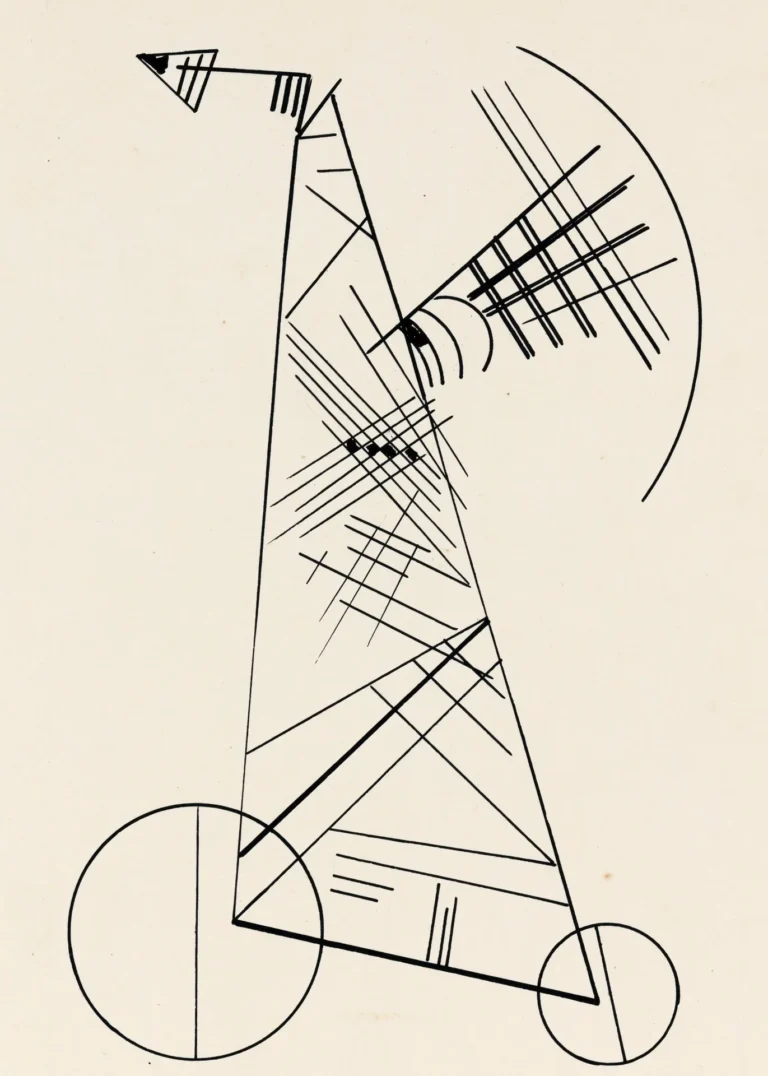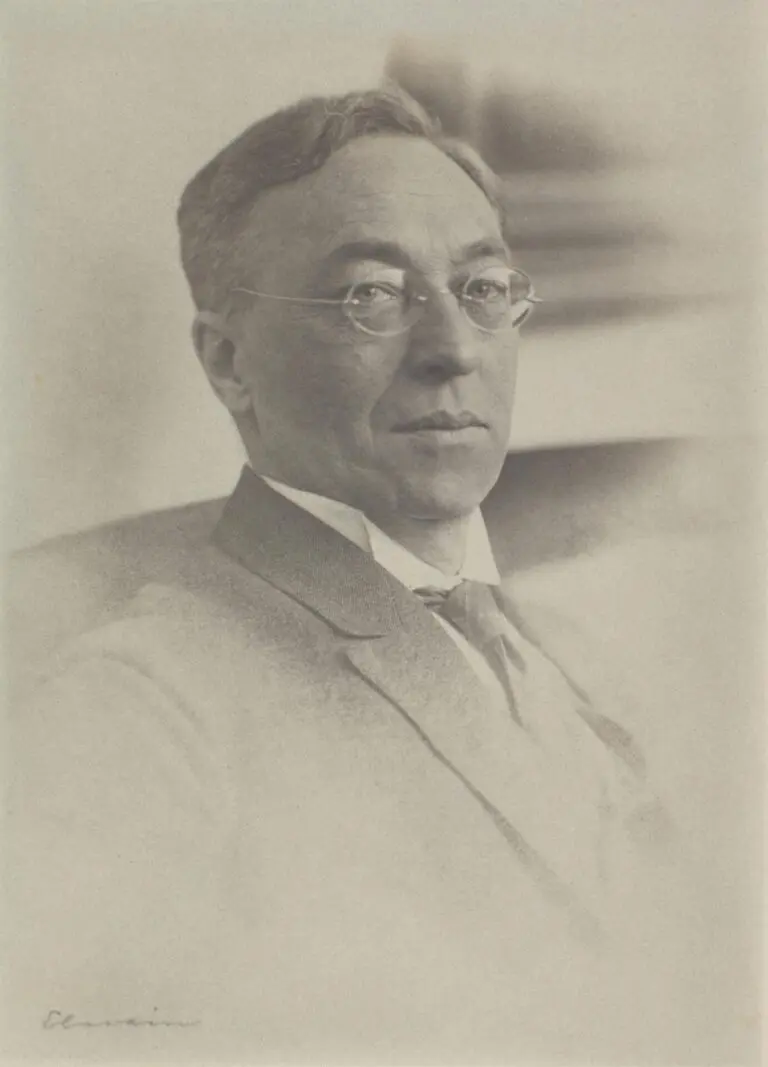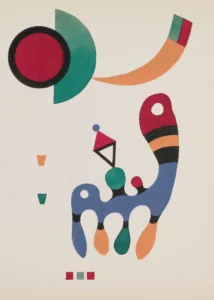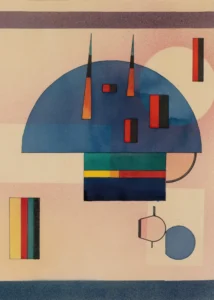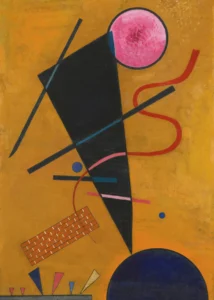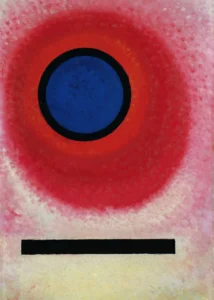Ohne Titel (1930)
Wassily Kandinsky's Ohne Titel from 1930 is a remarkable example of the artist's pioneering abstraction. Executed in India ink on paper and measuring 22.8 × 16.4 cm, this artwork encapsulates Kandinsky's exploration of color and line devoid of recognizable imagery. His compositions invite viewers to experience their emotional and spiritual resonance, reinforcing his philosophical stance on art as a form of spiritual expression.
Year 1930
About the Artwork
Ohne Titel represents a pivotal moment in Kandinsky's career, as by 1930 he had completely embraced the abstract movement he significantly influenced. Having previously established his theories in "On the Spiritual in Art," Kandinsky sought to create artworks that evoked deep emotions and spiritual responses rather than mere representations of the physical world. This dedication to abstraction not only signifies a departure from traditional artistic practices but also reflects Kandinsky's broader goal of aligning art with spiritual truths. His work continues to resonate with audiences today and remains a profound influence on modern art.
Did You Know
Liked what you see? Add it to your collection.
Enjoyed reading? Share it.
... continued
The artwork Ohne Titel (which translates to "Untitled") by Wassily Kandinsky, created in 1930, is a significant piece in the artist's oeuvre.
Medium and Dimensions
The artwork Ohne Titel (1930) is executed in India ink on paper, laid down on card, and measures 22.8 × 16.4 cm.
Style and Composition
This piece is characteristic of Kandinsky's abstract style, which he pioneered. It features geometric shapes, lines, and vibrant colors that define his compositions. The work is devoid of identifiable imagery, reflecting Kandinsky's focus on color and line to evoke emotions and spiritual experiences.
Artistic Period
By 1930, Kandinsky had fully embraced abstraction, a movement he is credited with pioneering. His works from this period continue to reflect his theories outlined in his seminal text "On the Spiritual in Art," where he advocated for an art form independent of external observations.




